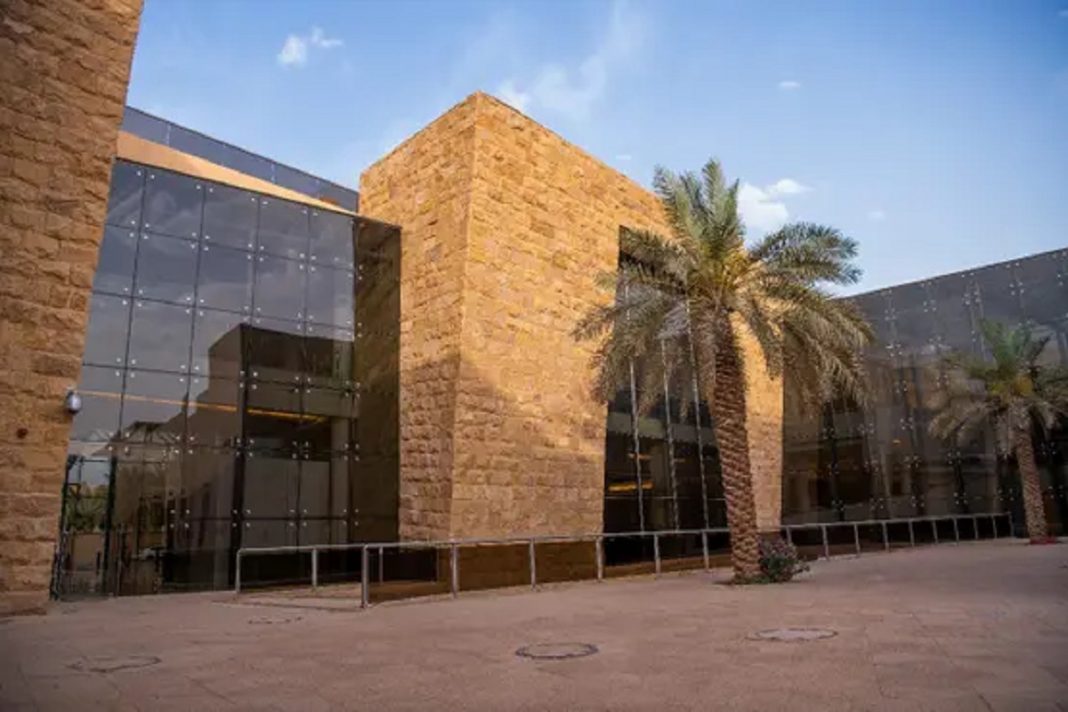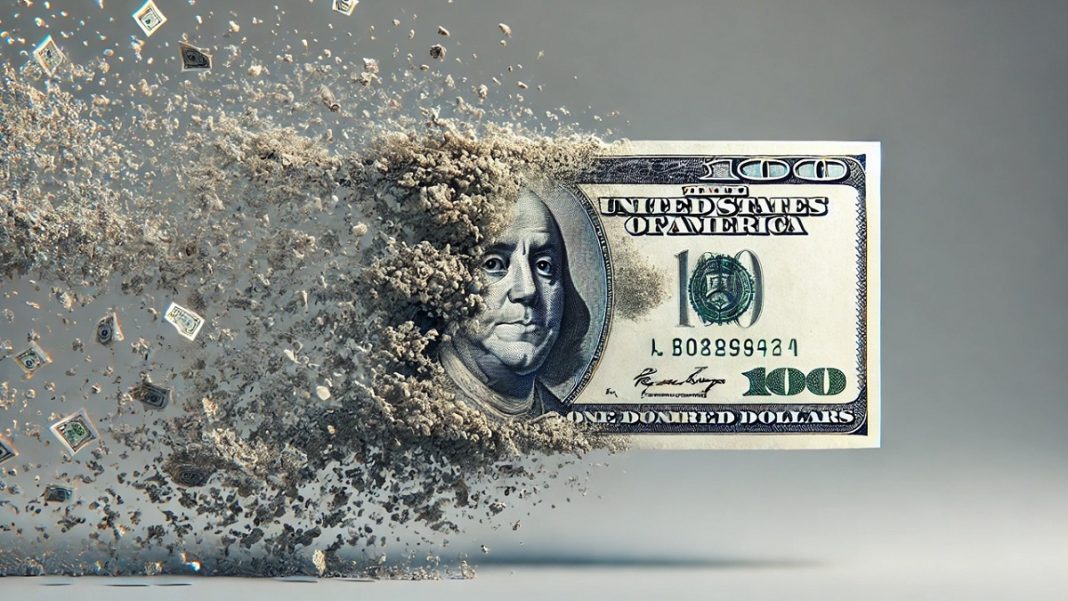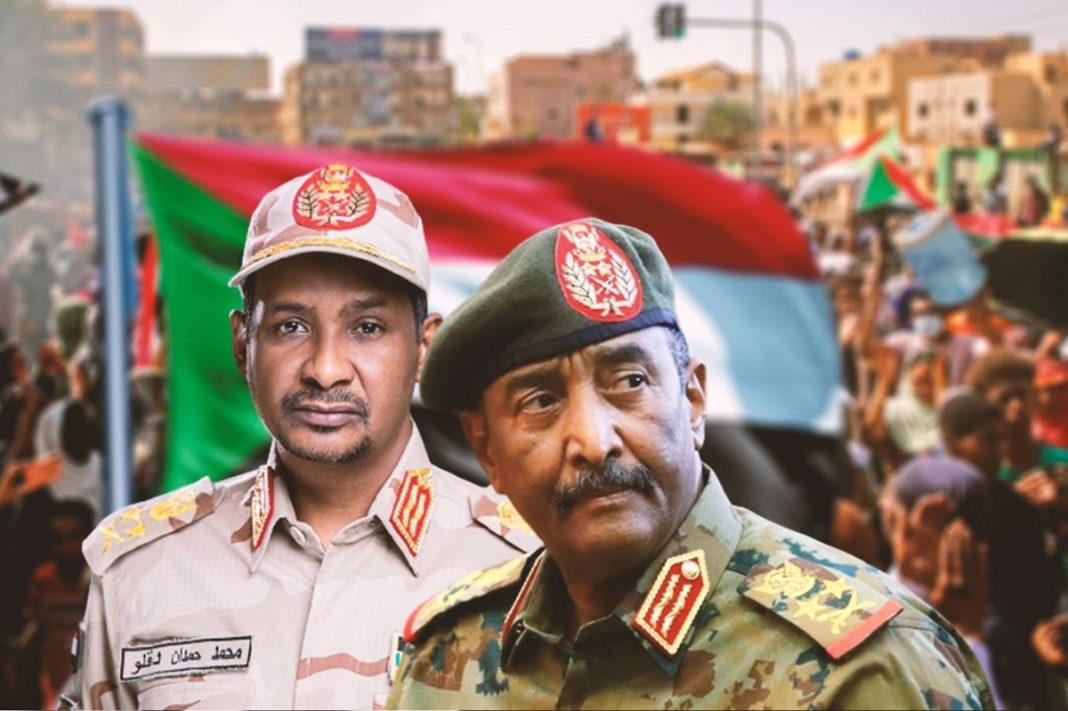Gabriel G Tabarani
The story of Saudi Arabia’s transformation is often told in terms of oil diversification, giga-projects, or tourism mega-events. Yet one of the most consequential and underappreciated revolutions underway is cultural. In just a few years, the Kingdom has moved from the periphery of global cultural conversations to the center of an ambitious experiment: positioning culture as a standalone economic pillar. This is no vanity project—it’s a bold investment thesis. And the world should pay attention.
Globally, cultural and creative industries are worth an estimated $2.3 trillion annually, generating 30 million jobs and contributing about 3.1% of global GDP. They stretch from film and music to heritage, fashion, and culinary arts. Yet culture often gets bundled into tourism, leisure, or “soft power,” limiting its recognition as an economic force. Saudi Arabia is rewriting that script. By 2030, its National Culture Strategy aims to raise the cultural sector’s GDP contribution to 3%—about $48 billion—and create 346,000 jobs. To put that in perspective, this target would put culture’s contribution on par with long-established economic sectors. It’s not just about building museums or staging festivals; it’s about creating an industry that generates exports, attracts foreign direct investment, and delivers tangible returns.
The launch of the Ministry of Culture in 2018 and the Cultural Development Fund in 2021 marked a turning point. Culture was no longer a symbolic pursuit but a structured sector with its own financial enablers and governance frameworks. The fund acts as the sector’s investment arm—offering credit, equity, and grants, while crowding in private capital through risk-sharing mechanisms. By August 2025, it had supported 1,440 creators, funded 150 projects, and generated more than $500 million in GDP contribution. That is not charity—it is a track record of returns. Crucially, Saudi Arabia has aligned its cultural agenda with Vision 2030’s broader imperatives: economic diversification, SME growth, tourism expansion, and job creation. Culture, in this model, isn’t an afterthought; it’s an accelerant.
Saudi Arabia’s cultural financing demand tripled between 2019 and 2023, reaching up to $6.1 billion, and is forecast to soar to $22.7 billion by 2030. This creates a projected funding gap of $6.7–9.3 billion—a prime opening for private investors. Where will the money flow? Five subsectors—culinary arts, fashion, heritage, film, and theatre and performing arts—are expected to account for two-thirds of total demand. Fashion alone is a $41 billion global brand machine; film revenues are projected to expand as Saudi becomes a regional hub; and culinary arts combine exportable brands with tourism draw. Together, they represent both local market depth and global scalability. But the Kingdom isn’t just chasing money. The subsector mix reflects a conscious balance: heritage preservation alongside futuristic investments in AI-driven filmmaking and immersive technologies. This blend of tradition and innovation strengthens the resilience of the cultural economy.
Still, challenges remain. As of 2024, commercial banks contributed only 4% of total sector funding, and venture capital and private equity activity was limited. Cultural businesses face hurdles such as insufficient collateral, seasonal revenues, and perceived risks. The government’s response has been pragmatic. The Cultural Development Fund offers credit guarantees, co-investment vehicles, and sector-specific financing programs—such as the $234 million Film Sector Financing Programme, which turns rebates and distribution rights into bankable assets. These instruments reduce risk, standardize reporting, and create predictable pipelines. For investors accustomed to opaque or one-off deals, this is a sea change.
There is also a reputational dimension. Saudi Arabia’s cultural exports are increasingly doubling as instruments of nation branding. Participation at the Venice Biennale, partnerships with the Louvre, and co-productions with Hollywood studios validate the Kingdom’s quality on the world stage. Festivals like the Red Sea International Film Festival have drawn global audiences, while Riyadh Season has attracted 20 million visitors. This is not mere “soft power” in the traditional sense. It is culture as hard capital—drawing foreign investment, driving tourism, and embedding Saudi Arabia in global cultural circuits. By 2023, foreign direct investment into Saudi arts and entertainment had risen fourteen-fold to $267 million. That trajectory speaks louder than any press release.
Skeptics might dismiss Saudi Arabia’s cultural experiment as state-driven or overly ambitious. But similar skepticism met South Korea’s early cultural investments in the 1990s—before K-pop and K-dramas became global juggernauts worth billions. France’s tax rebate for international film productions, Italy’s cultural foundations, and the UK’s creative impact funds all show how cultural investment can pay economic dividends. Saudi Arabia is following a tested playbook, but at scale—and with oil wealth to underwrite the early risk. The difference lies in speed: cultural businesses in the Kingdom are growing by double digits annually, and household spending on entertainment is already exceeding Vision 2030’s interim targets.
The question is no longer whether culture can be monetized—it already is. The question is whether global investors, from venture capital funds to institutional lenders, are ready to treat Saudi culture as a credible asset class. Those who move early will find risk-sharing mechanisms, government-backed incentives, and a rapidly expanding consumer base. Those who hesitate may discover that by 2030, Saudi Arabia is not only a cultural powerhouse but also a highly competitive market with fewer entry points.
In a world where ESG, digitalization, and nation branding increasingly drive investor behavior, culture offers a rare triple win: financial returns, social impact, and reputational capital. Saudi Arabia is proving that culture is not a cost center but a capital market in its own right. Vision 2030’s bet on culture is bold. But bold bets are how new markets are created. And if history is any guide, today’s cultural investments in Riyadh, Jeddah, and AlUla could define tomorrow’s global creative economy.
This article was originally published in Arabic on the Asswak Al-Arab website


